Hallux valgus
The main cause of hallux valgus deviation of the first toe is considered to be systemic, genetically determined connective tissue insufficiency. The length and shape of the foot bones play an important role: in some cases, the foot is deformed even with a properly formed ligamentous apparatus (for example, due to the discrepancy between the anatomy of the forefoot and normal parameters). Other causes — pregnancy, longitudinal flat feet, foot and shin injuries, wearing narrow uncomfortable shoes and high—heeled shoes - only contribute to the onset or intensification of deformity.
The hallux valgus deviation of the big toe is detected during examination and does not require special examination methods. However, additional diagnostics are necessary to clarify the position and size of bones, the condition of bone tissue and joints, as well as the degree of deformation. X-ray examination of the feet under load helps to choose the optimal correction method for each case.
At the initial signs of hallux valgus deviation of the first finger, special orthopedic devices (interdigital pads, insoles, supinators, diverting splints, etc.), massage, and physiotherapy are often prescribed. However, these techniques can only have a short-term effect, somewhat reducing pain and leg fatigue. The main problem – the displacement of bones relative to each other - can be eliminated only by surgical treatment.
Surgical intervention is performed in the case of severe hallux valgus displacement of the thumb, gait disorders, severe pain when walking, and the formation of chronic bursitis (inflammation of the articular sac) in the joint area. The most common modern surgical procedures are different types of osteotomies of the first metatarsal and the proximal phalanx of the first finger.
Modern correction techniques involve fastening bone fragments with specially designed titanium screws, less often with plates. These structures usually do not need to be removed later. It is the use of such materials that allows you to do without plaster and crutches in the postoperative period. In the vast majority of cases, patients using special postoperative shoes can walk independently throughout the entire rehabilitation period.
The recovery period takes about 6 weeks on average. During this time, the bones of the foot heal, and the postoperative edema of the soft tissues subsides. Within 3-5 weeks after surgery, patients should independently develop movements in the operated joints. After the edema subsides, it is necessary to start wearing orthopedic insoles all the time. You can return to work and habitual household activities after 6-8 weeks, and to sports activities 3-6 months after surgery.
With a well-performed operation, proper management of the postoperative period and strict adherence by the patient to the prescriptions and recommendations of the doctor, complications are extremely unlikely, and the likelihood of recurrence tends to zero.
ECSTO surgeons perform foot surgeries using the most advanced techniques using specialized tools. The clinic has in its arsenal not only everything necessary for standard small-bone procedures, but also unique tools for percutaneous surgery (minimally invasive surgery - MIS). These operations are performed through small punctures of the skin under the control of an electron-optical converter (EOP), which allows X-ray monitoring of the process directly during the operation. The main advantages of this method of correction are the absence of large incisions in the skin and minimal injury to the soft tissues surrounding the bones, which allows for bone consolidation as early as possible. Moreover, the use of the MIS technique is possible in adolescence, when the deformity is already significant, but bone growth is not yet complete.
An important factor in the success of comprehensive treatment at ECSTO is the presence of a podiatric specialist in the clinic's team who manufactures href="/programs_and_services/services/evropeyskaya-klinika-sportivnoy-travmatologii-i-ortopedii-ecsto_ecstoizgotovlenie-individualnyh-stelek-i-supinatorov/ " style="text-decoration: underline; color: #01579b;">individual orthopedic insolesdirectly in the patient's footsteps after a follow-up examination by a surgeon (6 weeks after surgery).
Why the EMC
The first and only clinic in Russia, created in the image of the world's leading clinics
EMC is a multidisciplinary center offering patients a high level of medical services and a personalized approach
Worldwide recognition and awards
 Learn more
Learn more
Worldwide recognition and awards
 Certificates and licenses
Certificates and licenses
Make an appointment for a consultation
Specify your contacts and we will contact you to clarify the details
Reviews
and new products of the EMC



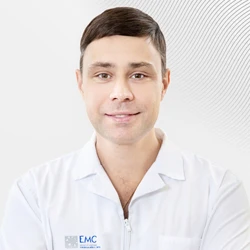
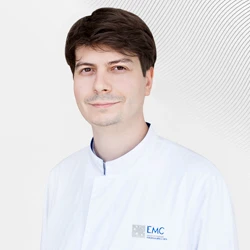
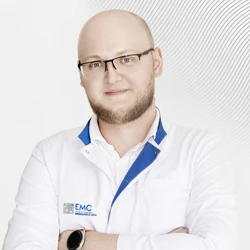

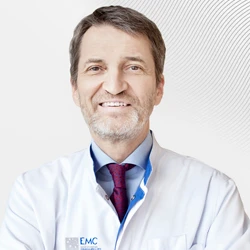

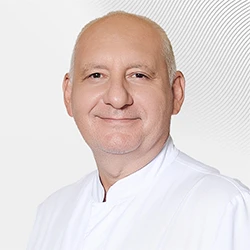
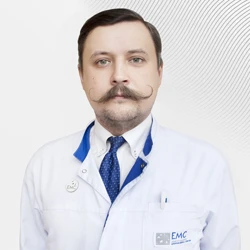

.webp)
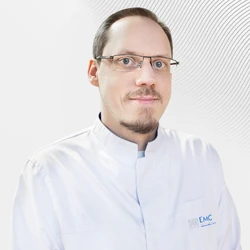
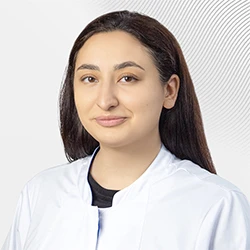
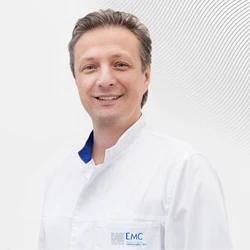
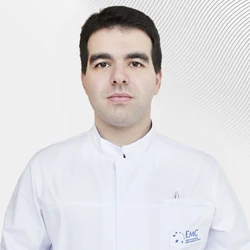
.webp)


